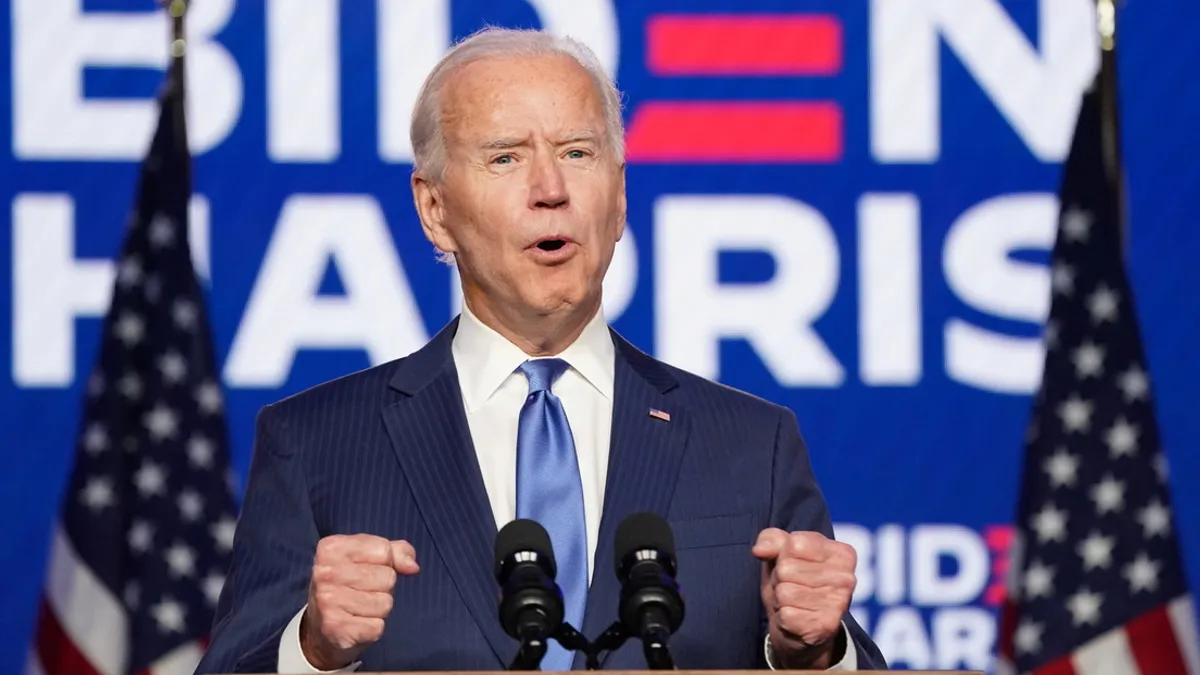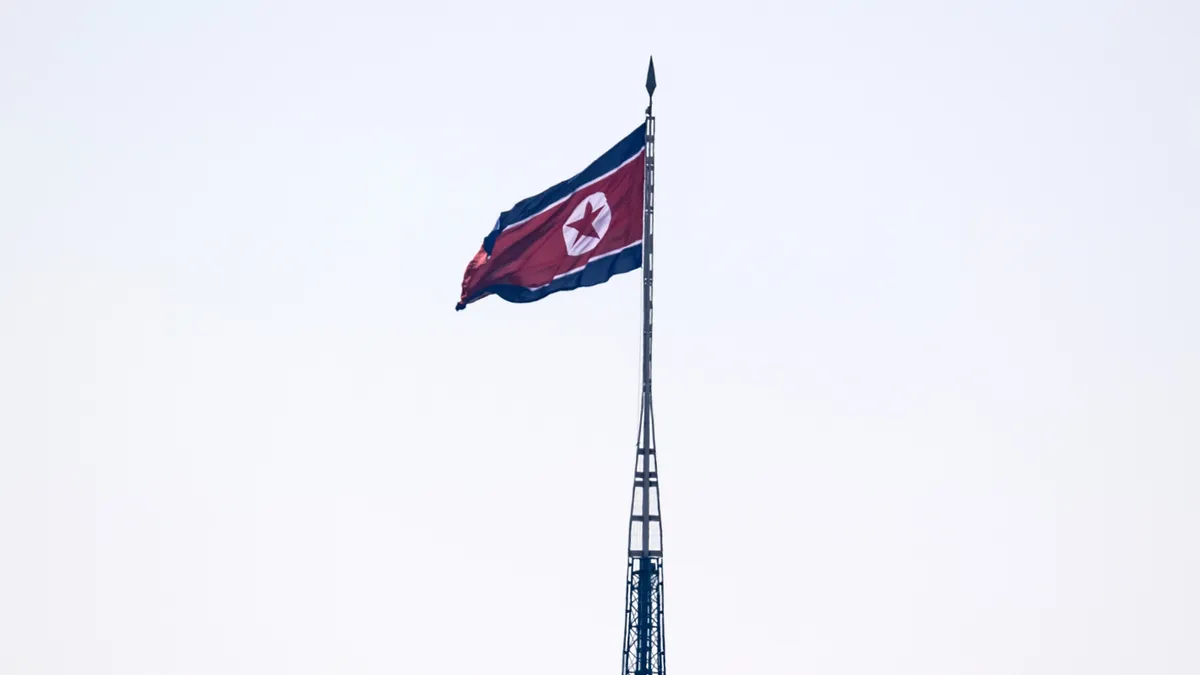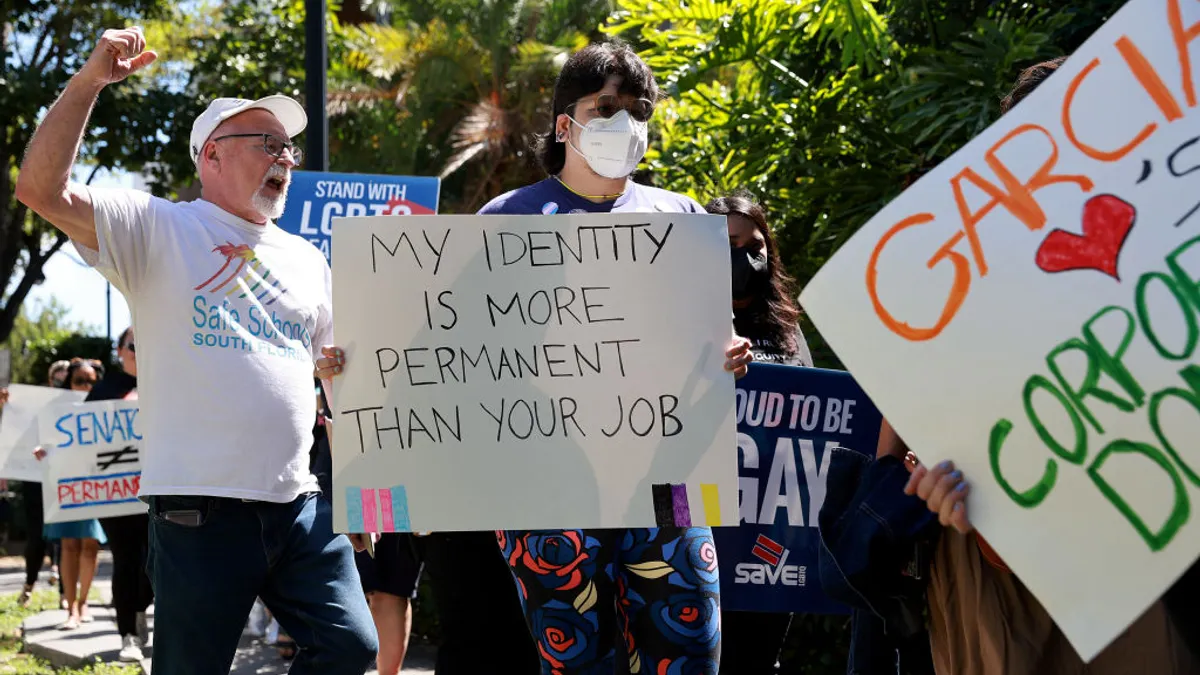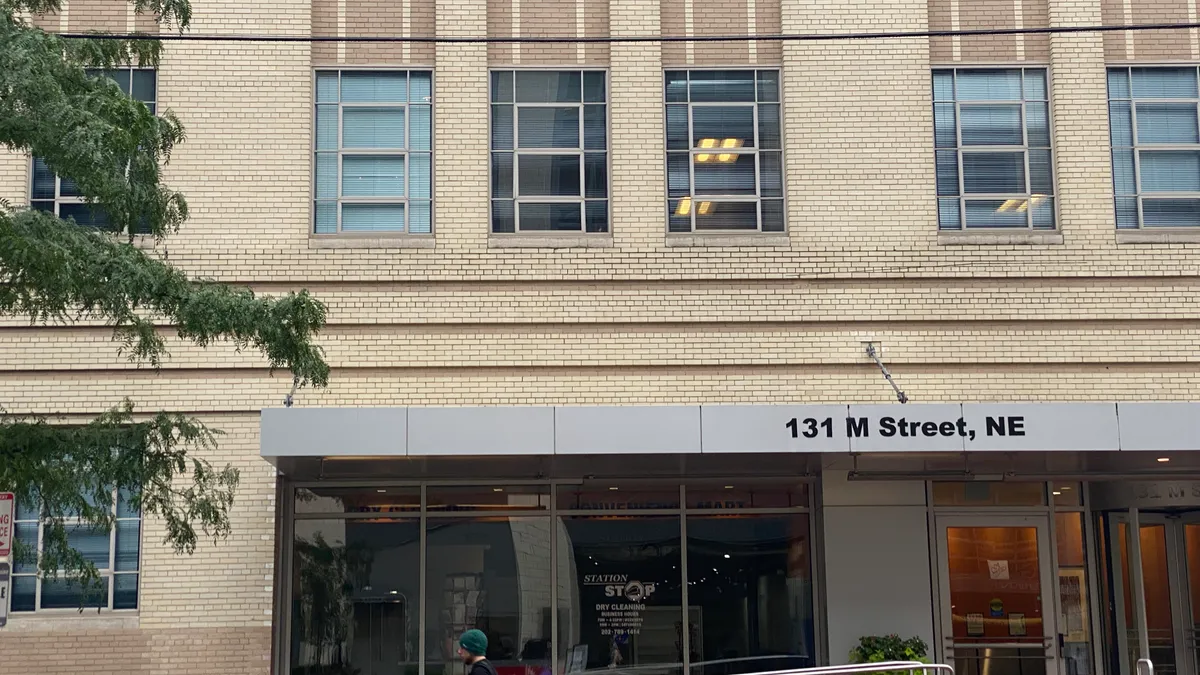Editor’s note: This story is part of the HR Dive Outlook on 2021, a series on the trends that will shape the industry in 2021. For a look at the business trends affecting other industries, see the Dive Outlook on 2021.
After a tumultuous 2020, what can compliance professionals expect in the new year?
President-elect Joe Biden and his employee-friendly administration will drive an uptick in enforcement, Fisher Phillips Partner Rick Grimaldi told HR Dive. Meanwhile, new legislators at the state and federal level may tackle issues such as paid family leave and minimum wage.
As the year unfolds, the coronavirus will continue to drive new or changing laws and regulations, Venable Partner Nicholas Reiter said in an interview. Additionally, the virus will keep employers busy as they attempt to remain within existing legal boundaries while dealing with the evolving pandemic.
More legislation and regulations
A change in administration prompts action on Capitol Hill, Reiter said. "Any time you have a change and there's an incumbent voted out, lawyers are watching on the legislative and executive branch front. There's no surprise that democrats issue laws and regulations that tend to be more friendly to employees."
Grimaldi echoed Reiter, predicting that the presumably pro-labor Biden administration will heighten compliance concerns for employers. Increased activity at the U.S. Equal Employment Opportunity Commission (EEOC), the Occupational Safety and Health Administration (OSHA) and other agencies may cause a sea change in enforcement and compliance. While OSHA "has been relatively active" under the pro-business Trump administration, the EEOC may take on a more active role, increasing enforcement on issues ranging from leave and accommodation to race and gender discrimination.
"If that pendulum swings too far, that could dampen productivity and slow the economic engine down and that concerns me," Grimaldi said.
The National Labor Relations Board may lean more in employees' favor as well — a prediction Grimaldi and Reiter shared. If so, employers may see a rise in unionization.
Legislators in a Democrat-controlled Congress will likely focus on longstanding issues such as paid family and medical leave and minimum wage, issues federal leadership has largely ignored in years past, Grimaldi said. "States have stepped in and so have many municipalities to fill that vacuum," he said. Such an approach has resulted in a patchwork of legislation, creating confusion for employers that operate in multiple jurisdictions.
"I think we're starting to see some traction in Congress," Grimaldi said. "There's a recognition that this stuff has to be corrected at the federal level to avoid the patchwork you see around the country."
Stricter safety measures
Workplace safety will take center stage as the Biden administration tightens regulations, Grimaldi said. Even outside of legislatively imposed boundaries, employers will need to focus on safety compliance — a continuing theme from 2020. Workplace safety was a frequent topic in labor negotiations Grimaldi conducted this year, he said. And the nature of the pandemic has forced employers to adapt quickly as they take up measures such as social distancing and temperature checks.
"The ability to adapt and create a safe working environment in the context of the pandemic is something that absolutely blew me away," Grimaldi said.
A new element of employers' safety strategies is the COVID-19 vaccine. The arrival of approved vaccinations creates a question that should be top-of-mind for all employers, according to Reiter: "Should we require everyone to get a vaccine?"
The U.S. Equal Employment Opportunity Commission issued guidance last month that gave employers some clarity as to how the agency will view vaccine mandates. But the information wasn't completely clear, Haynes and Boone Partner Jason Habinsky told HR Dive at the time. The guidance allows employers to require the vaccine in certain circumstances but handed down a few boundaries, as well.
A transition from telecommuting
In 2021, employers may begin to discover the lasting effects of widespread telecommuting born in 2020. "A lot of my clients are saying, 'well, what happens when it's safe to come back to work and employees don't want to?'" Reiter said. "'What can we do? What can we say?'"
Employees don't have a right to remote work when it's safe to be in the workplace, though there are a few exceptions to that rule, Reiter noted. An employee may need access to remote work as an accommodation for a disability, for instance.
Some jobs lend themselves to telecommuting better than others, creating a fact issue for courts to navigate when litigation emerges. "It's going to be a lot harder for employers to win that issue if during the last nine to 12 months of the pandemic that employee has been performing his or her job at a reasonable level from home," Reiter said.
Employers can anticipate this tension by creating agreements with workers that "establish the fact that this is a temporary, once-in-a-century situation," Reiter said.
Reiter also said he predicts an uptick in wage and hour claims related to remote work. The pandemic has forced even hourly workers to work from home — a rare phenomenon in normal times, he said. Hourly workers generally have fixed schedules that facilitate overtime pay calculations easily. But with many of them at home, employers may not be tracking hours worked as diligently as possible, Reiter said. "That could be a real risk."






















